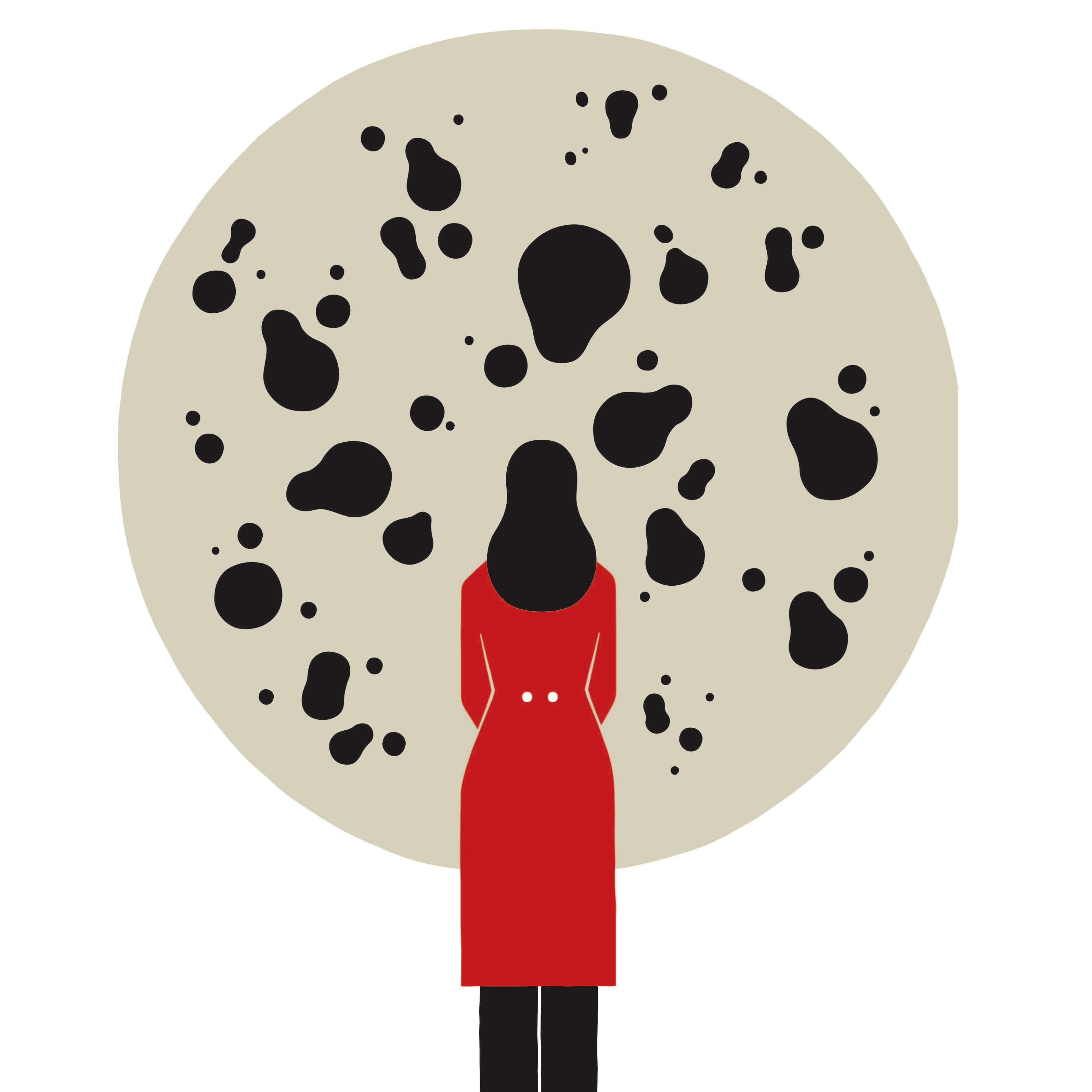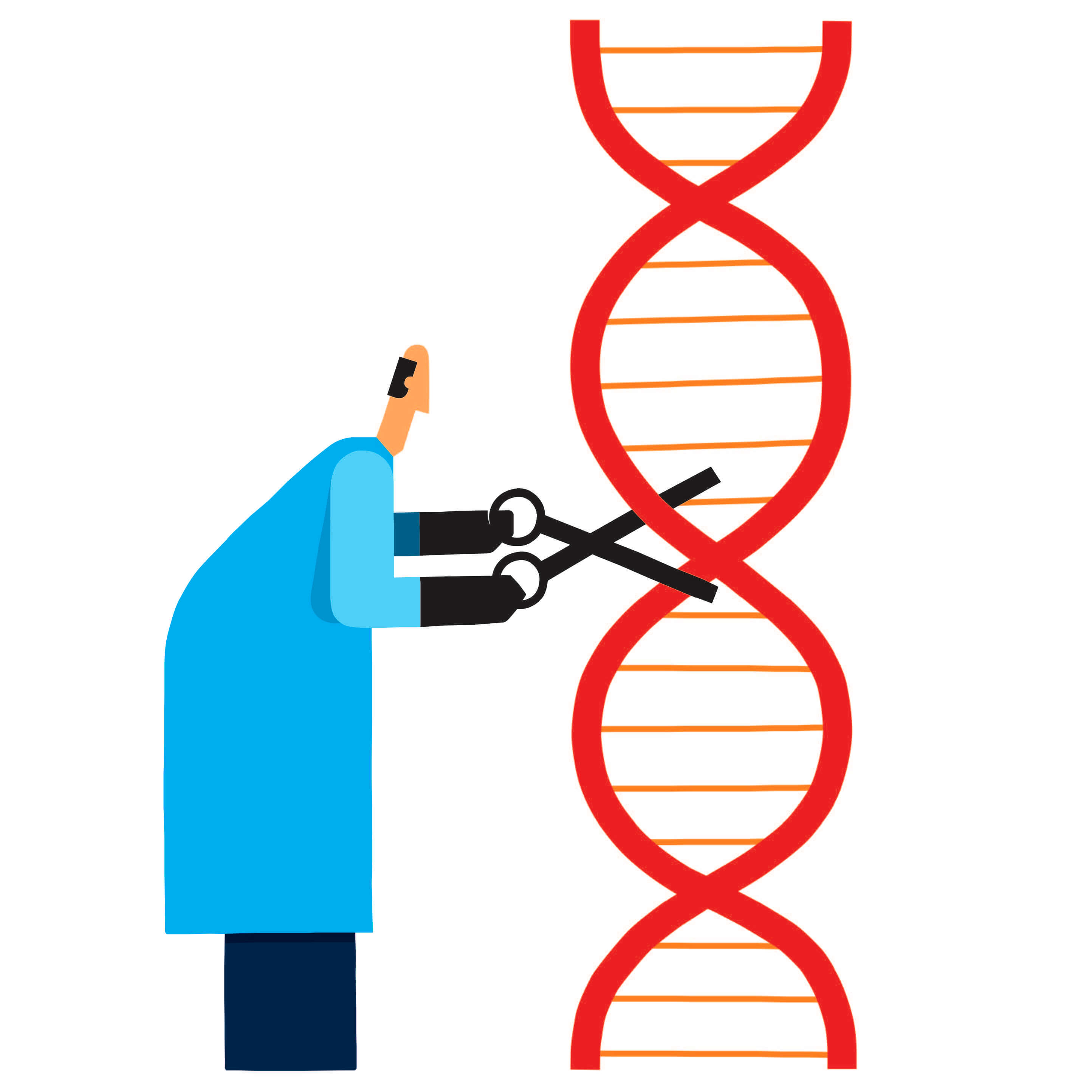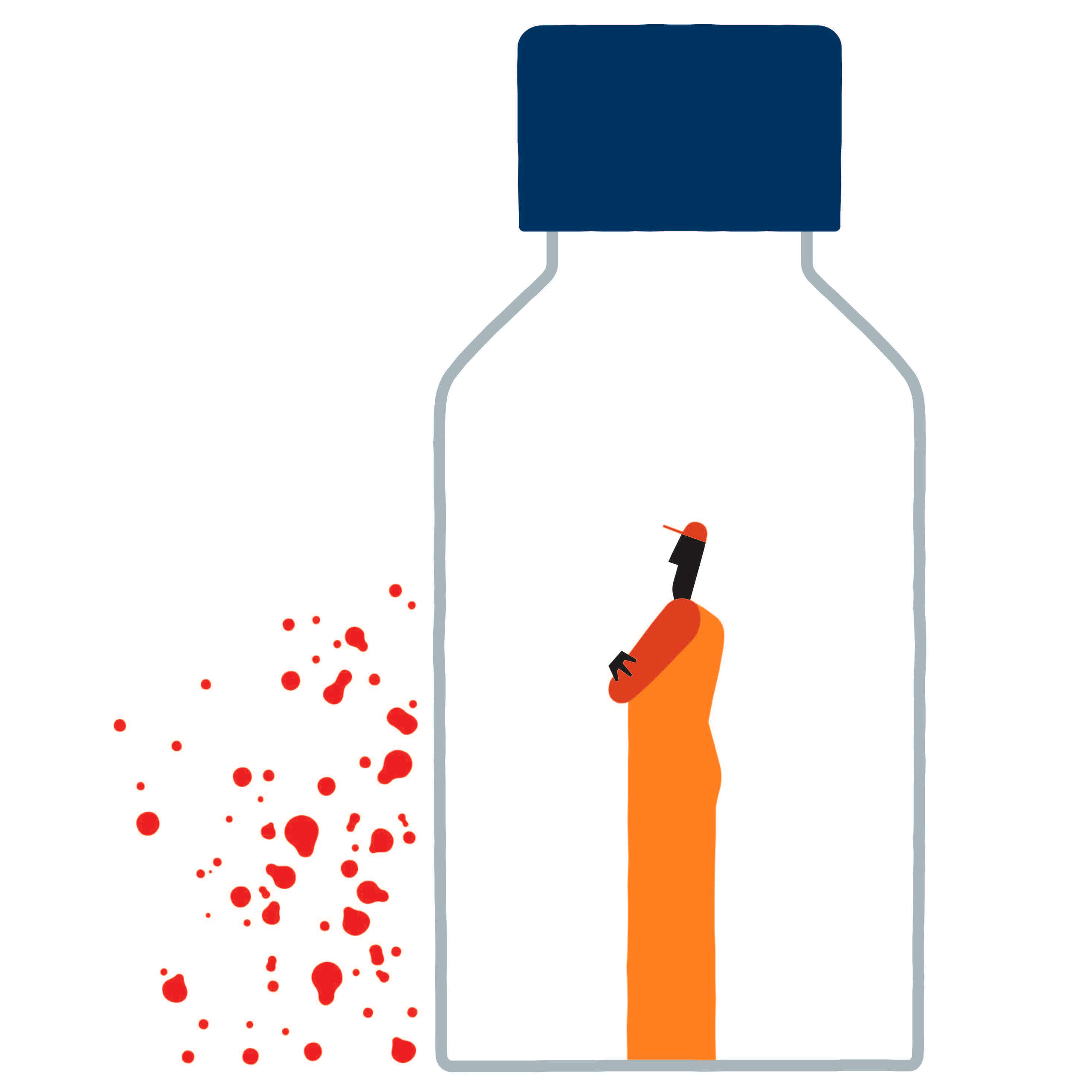While Insight usually highlights recent innovations and technology, the 125th anniversary of the school of medicine is a great time to look back at some of the innovations since 1893.

1896
Neurologic Application of X-rays
Neurosurgery resident Harvey Cushing, who would later become known as the father of neurosurgery, performs the first neurologic application of X-rays, using The Johns Hopkins Hospital’s first, hand-cranked X-ray machine to locate a bullet lodged in the sixth cervical vertebra of a Baltimore woman who had been shot.
1923
Postoperative Intensive Care Unit
Neurosurgeon Walter Dandy establishes what is considered the forerunner of today’s intensive care units. He creates a 24-hour, specialized nursing unit where critically ill neurosurgical patients receive specialty care and recover after surgery.

1951
HeLa Cells
George Gey, director of the Department of Surgery’s tissue culture laboratory, establishes the world’s first continuously multiplying human cell culture—HeLa—with cervical cancer cells obtained from Henrietta Lacks. Gey distributes the HeLa cells for free to scientific researchers worldwide. Over the next 60 years, they prove instrumental in development of the polio vaccine, human papillomavirus (HPV) vaccines, chemotherapy breakthroughs, cloning, gene mapping, in vitro fertilization and landmark research on HIV and tuberculosis.

1968
Discovery of Restriction Enzymes
Microbiologist Hamilton O. Smith discovers restriction enzymes, the proteins that can cut DNA at precise points in its genetic sequence. Microbiologist Daniel Nathans uses the discovery to analyze the DNA of a virus that causes cancer in animals, achieving the first practical application of restriction enzymes. These accomplishments, along with Swiss microbiologist Werner Arber’s initial theorizing on the existence of restriction enzymes, would earn the trio the 1978 Nobel Prize in Medicine.

1993
The Immune System As Medicine
Scientists at Johns Hopkins find that mistakes in so-called mismatch repair genes, first identified by scientists at Johns Hopkins and elsewhere two decades before, may accurately predict who will respond to certain immunotherapy drugs known as PD-1 inhibitors. Such drugs aim to disarm systems developed by cancer cells to evade detection and destruction by immune system cells. In 2017, a drug was FDA-approved for cancer treatment when genetic testing reveals defects in mismatch repair genes.
